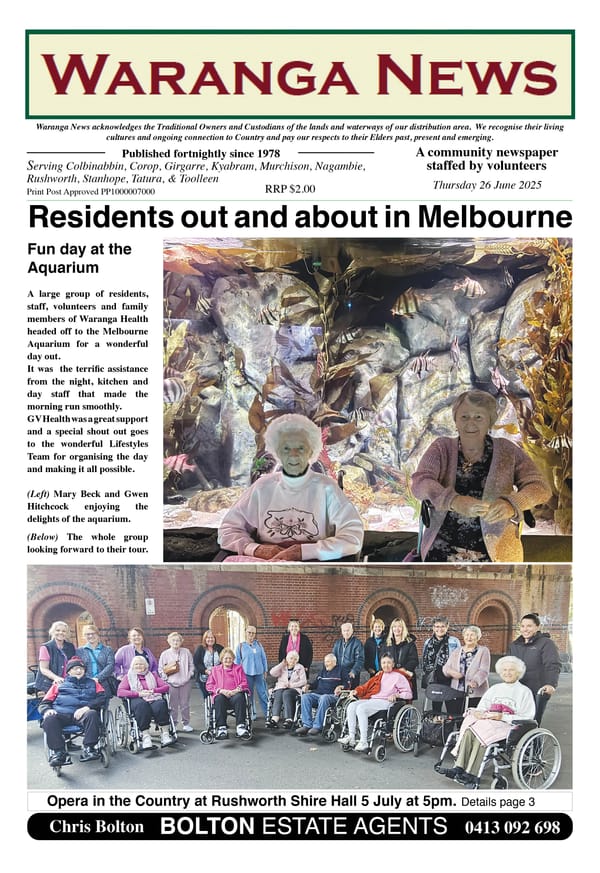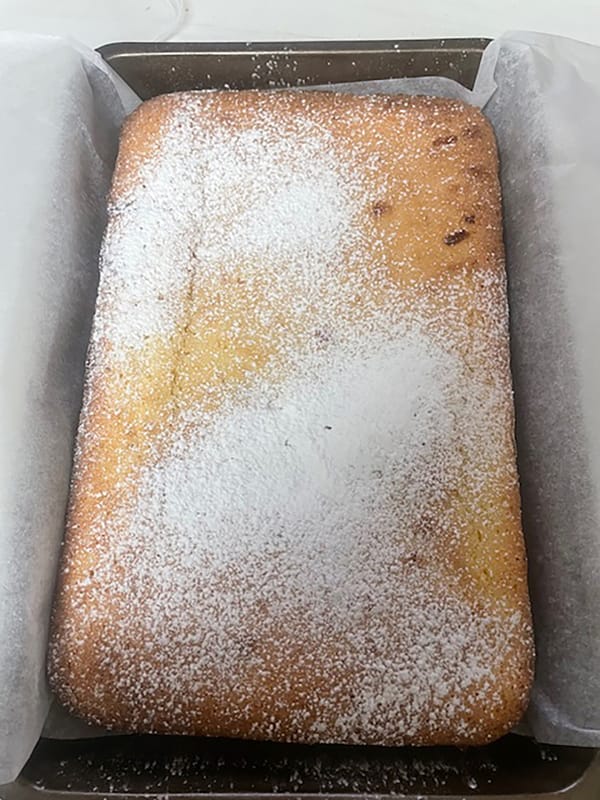29. Crime and punishment

Contemporary accounts suggest that the Chinese on the goldfields were generally law-abiding citizens. With the numbers involved, there were always going to be some offenders and disputes arising between various parties. Probably the most common offence was not paying the various taxes that applied only to Chinese miners, such as the residency tax. This may have been more a form of protest at an unjust tax than a crime per se.
A report in a local paper stated that “The Chinese, of whom there were many on the field, gave little trouble, but Hong Song, Ah Chow, Cong Too, and others of the fraternity were before the court on occasions, for failure to have a current resident’s licence.”1 From 1855, the licence was one pound p.a., paid as well as the widely hated fee for a miner’s right.
VICTIMS OF CRIME
The Chinese were more likely to be victims of crime, rather than the perpetrators. Sometimes this appeared to stem from racist attitudes held by some of the European miners. For example, an Irishman named James Ryan went beserk in the Chinese camp at Whroo in August 1860. He attacked many of the occupants, with seven being injured, some seriously. There were no police on hand to arrest Ryan, so a citizens’ arrest took place. He escaped and attacked an innocent Chinese by passer. With the help of two Rushworth policemen and some of the Chinese, he was finally subdued and put in the lock-up.2
Children on the goldfields were sometimes influenced by the attitudes of their parents. At Whroo in 1867, “Stone throwing at Chinamen by mischievous young rascals is now becoming common, and several serious accidents have happened.” For once, a local newspaper editor was sympathetic, recommending “their being summon(s)ed and the best punishment would be a sound flogging.”3
Theft from the Chinese was not uncommon. Bushrangers were active on the main roads used by all diggers moving between the various goldfields. In 1857, two bushrangers held up and robbed several parties of people near the Campaspe River on the “Goulburn-road”4 (i.e. the road between Bendigo and Beechworth, passing through the Waranga goldfields and crossing the Goulburn at Murchison). One party was a group of Chinese from whom they stole 62 pounds ($124), a huge sum at the time. The offenders were caught shortly afterwards at Amherst.
Another group of Chinese were “stuck up” by three bushrangers near Tait and Hamilton’s Halfway House at Cornella and relieved of the gold they were carrying, along with other property. A mounted constable managed to single-handedly arrest the bushrangers soon afterwards, recovering property including “a massive gold ring which had been taken from a Chinaman, on which some ineffectual attempts had been made to erase some celestial characters engraved thereon.”5 Constable Crofts proudly escorted his prisoners to the Rushworth lock-up.
FIRST SUSPECTS
In a culturally hostile environment, the Chinese were often considered to be the first suspects if a crime was committed. It was a similar situation to what is regrettably still sometimes seen today with so-called “African gangs”, Aboriginals and other minority groups.
For instance, the McIvor Times reported in 1864 that “The Chinese are suspected of stealing a bag of rice from Mr Baud’s store”6 at Whroo, with no evidence to support the claim. In 1867, “spurious gold in being sold in Whroo in small quantities, supposed by Chinamen.”7 (More about “spurious gold” in a later story) The following year, after a burglary at Whroo, “a search was made amongst the Chinese tents…without success, and up to this time no clue has been obtained.”8 Targetting the Chinese first in searches not uncommon.
Much later, in 1887 at Murchison, there was a market garden about a mile (1.6 km) from the town run by Ah Hung and his unnamed brother. “By dint of hard work and economy for the last eight years” they had accumulated a substantial amount of cash (85 pounds or $170) after investing heavily in “improvements and irrigation works.” Immediately, it was concluded that “a Chinese lately in their employ is suspected of having been the thief.”9
Sources: 1 Grant, Alan, article entitled Waranga – Epitome of Evolution in Walkabout magazine 1.3.1968; 2 Bendigo Advertiser 31.8.1860; 3 Bendigo Advertiser 26.11.1867; 4 Bendigo Advertiser 6.5.1857; 5 Mount Alexander Mail 16.12.1857; 6 McIvor Times 23.9.1864; 7 Bendigo Advertiser 16.10.1867; 8 Bendigo Advertiser 21.2.1868; 9 Herald 11.2.1887



